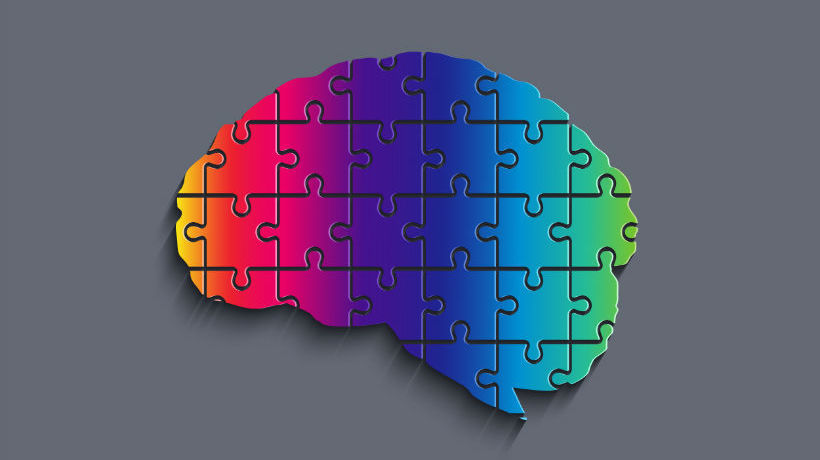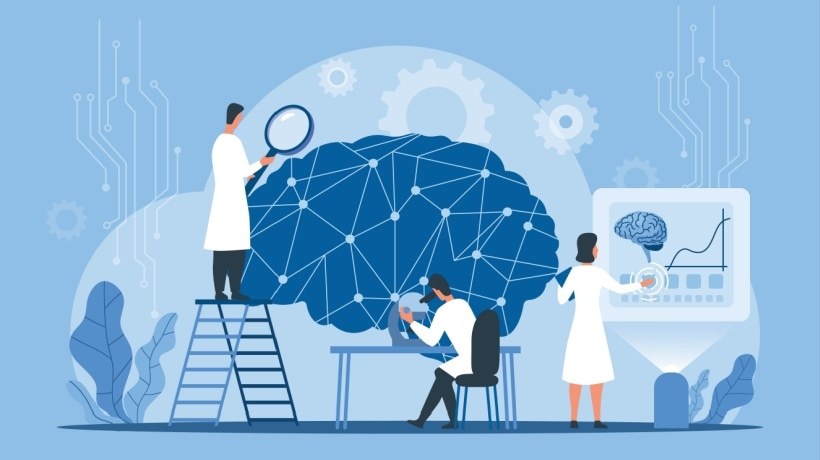How To Use The Schema Theory In eLearning
Although the origins of the Schema Theory can be traced at the work of the psychologist Frederic Bartlett back in 1932 [1], it has been popularized by Jean Piaget. The Schema Theory suggests that humans store memories in the form of schema, which give us the mental structures we need to process, understand, and remember information. When we receive new information, we either relate it to pre-existing knowledge or detect a conflict between new and old concepts, at which point we would evaluate both sets of data. In essence, schema is a collection of knowledge that we stow away in our long-term memory banks for later use. An eLearning experience that strengthens these schematic bonds is more likely to improve knowledge retention and recall. Here are 6 valuable tips for using the Schema Theory in eLearning course design.
1. Provide Pre-Assessments
A major aspect of the Schema Theory is pre-existing knowledge or mental schemata. You should assess your audience in advance in order to determine their past experiences and current cognitions. These diagnostic assessments can also serve as "advance organizers", which give online learners a preview of what's to come. Their brain begins to locate related concepts in their long-term memory, which makes it easier for them to absorb the new information. In other words, the mind starts cleaning house and preparing for the new inhabitants, the fresh ideas. This is why it's important to focus on a specific subject when you're creating the diagnostic assessments, instead of exploring every corner of their pre-existing knowledge base.
2. Develop Real World Associations
The most meaningful eLearning experiences are personal and relatable. Online learners can make a more meaningful connection when a real world story or example features a topic they're familiar with. For example, if you are trying to convey the importance of safety online training you might ask them about the safety practices in their own home, such as preventing cross-contamination in the kitchen. Online learners will automatically see a link between the personal safety standards they uphold and the safety measures that your organization is enforcing.
3. Encourage Online Learners To Reevaluate Existing Schemata
Your online learners already have established cognitions and experiences that they are bringing with them to the eLearning course. In some cases, these mental schemata may be hindering rather than helping. For example, if they hold a self-defeating belief that is preventing them from achieving their potential, or have committed incorrect information to their memory. Collaborative eLearning activities give them the ability to see things from a fresh perspective, which puts their current cognitions into question. You can also ask thought-provoking questions or use controversial imagery to help them reevaluate their existing schemata. Just make sure that the eLearning content is still appropriate and not culturally offensive. According to the Schema Theory, "disequilibrium" occurs when online learners' current beliefs are in conflict with new information. This forces them to reexamine their mental schema to see which knowledge sets are factual and true.
4. Use Branching Scenarios And eLearning Simulations To Build eLearning Experiences
Building schemata is a lifelong process. Online learners must be able to experience new things and immerse themselves in the subject matter to grow their mental schemata. Branching scenarios and eLearning simulations offer them the chance to accumulate real world benefits in a safe environment. They can build cognitions or improve upon existing ones and try out new problem-solving approaches. More importantly, branching scenarios and eLearning simulations are emotionally-centered, and the brain responds to emotional stimuli. The information they gather during these eLearning activities is going to stick with them, because the mind recognizes that it is meaningful and relevant.
5. Rely On A Self-Paced Learning Approach
Online learners aren't able to truly learn if they are rushed through the eLearning experience. They must have the power to go at their own pace and explore the ideas at length before moving onto the next module. Thus, a self-paced learning approach is usually the best solution. The Schema Theory is also fundamental in Piaget's Theory, which pertains to the stages of cognitive development. According to Jean Piaget, intelligence is all about "readiness" and mental maturity [2]. An online learner must be ready to advance to the next level, or else they won't have the schema to build on. Provide your online learners with an eLearning action map, allow them to choose their own eLearning activities, and leave the completion schedule up to them. Those who are struggling can use supplemental eLearning materials to fill the gaps, while those who excel can use them to advance even further and avoid boredom.
6. Put Information Into Context
According to the Schema Theory, information is chunked and grouped into mental units. Our brain organizes data based on its relationship to pre-existing knowledge. Putting information to functional context makes it easier for online learners to store the information and prevents schematic errors. For example, when they are learning a new task they will associate the steps involved with this specific process, instead of connecting them to an entirely different procedure. Make sure that related items are in close proximity on the screen and that each topic has its own section to avoid any confusion.
The Schema Theory was originally intended for infants and adolescents, but its principles apply for every age group. You can use these 6 tips to improve learning comprehension and knowledge retention for your multigenerational audience. Just bear in mind that mental schemata may be more complex in adult learners, thanks to the vast amount of life experience. So, do your audience research beforehand and challenge your online learner's assumptions in order to form meaningful connections.
For an eLearning course to be truly effective it must provide context and facilitate the creation of mental schemas. Read the article 7 Best Practices To Apply The Cognitive Flexibility Theory In eLearning to help your online learners assimilate easier the information.
References
- Bartlett, F.C. (1932). Remembering: A Study in Experimental and Social Psychology. Cambridge, England: Cambridge University Press.
- Jean Piaget







